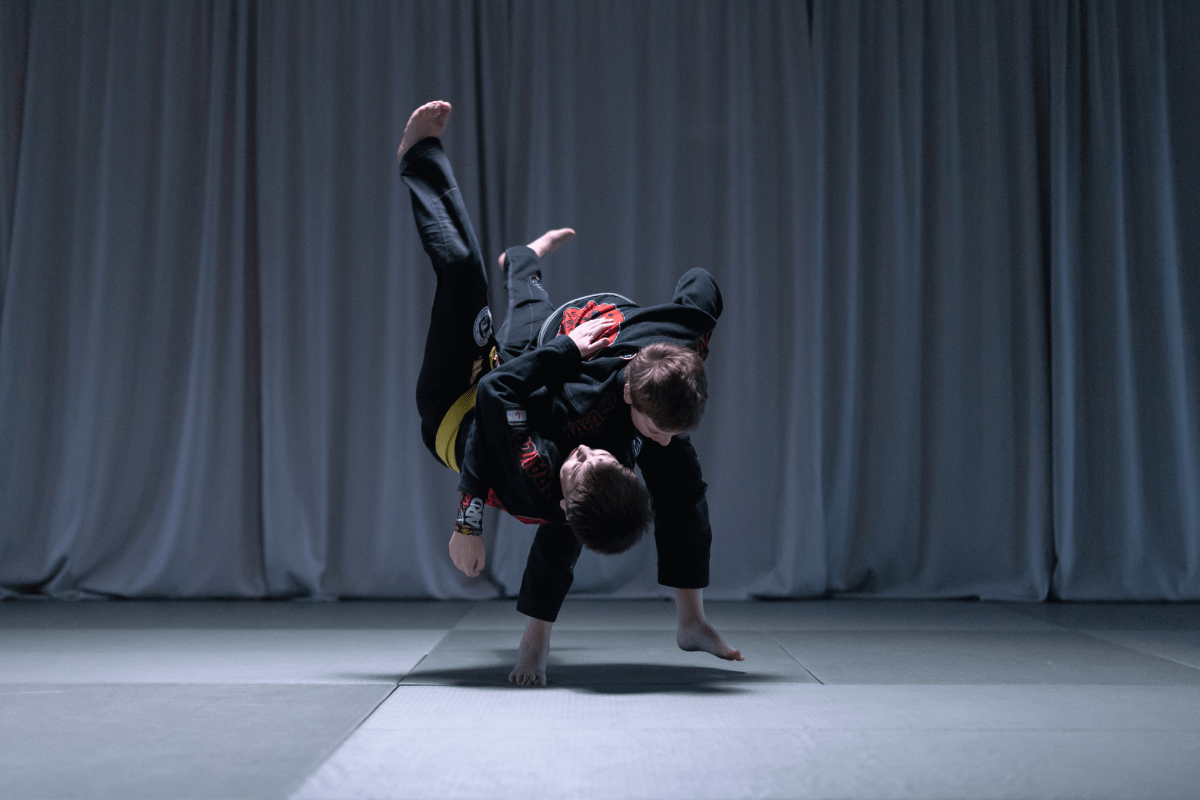How to Build a Better BJJ Training Log: Templates, Fields & Analysis

Too many practitioners leave class with loose notes, fuzzy memory, and no plan—so progress stalls. A structured BJJ training log changes that. With templates, smart fields, and quick review methods, you can capture lessons, spot patterns, and accelerate learning.
In this guide, you’ll learn:
- The core fields every log needs
- Paper vs. digital pros and cons
- Review routines that turn notes into progress
- Free templates (PDF + Notion pack) to get started
Whether you’re a white belt learning fundamentals or a black belt refining strategies, this system makes logging simple and effective.
Why Keep a BJJ Training Log?
Tracking training is more than note-taking—it boosts recall, accountability, and measurable growth. Here’s why the habit works.
Primary Benefits
- Better recall: Writing techniques and sparring takeaways helps you remember details and repeat what worked.
- Accountability: A log makes gaps and skipped sessions obvious.
- Faster growth: Structured entries highlight patterns so you can drill smarter.
Proof from the community
- Dozens of dedicated journals sell on Amazon, such as The Practitioner’s Journal, Justice BJJ planner, and Bushido logbooks.
- Reviews are strong—The Practitioner’s Journal averages 4.8/5 stars, and others score above 4.2.
Explore The Practitioner’s Journal →
Paper vs. Digital: Which Fits You?
Paper advantages: boosts recall, creates ritual, and makes post-class review simple.
Digital advantages: searchable, trackable, and easier for long-term metrics.
Both are popular—Reddit discussions show practitioners split between the tactile feel of pen-and-paper and the convenience of apps.
How to Use a BJJ Training Log Effectively
- Log the date, class focus, and techniques taught.
- Record rolling notes, intensity (1–10), and fatigue/injuries.
- Add tags or index entries (guard pass, sweep, submission) for easy lookup.
- Write a plan for the next session based on patterns.
Key takeaway: a log won’t replace mat time, but it increases the value of each session.
What to Include in Your Log (Templates & Fields)
A high-impact BJJ training log balances daily notes with long-term reflections.
Core daily fields:
- Date & class type (gi/no-gi, open mat, seminar)
- Daily goal (short focus)
- Health check (fit, sore, injured)
- Techniques with step notes
- Rolling/positional notes
- Post-training analysis (intensity, volume, key takeaway)
- Planned drills for next session
Technique tracking & indexing:
- Tag entries by category (guard, back-takes, submissions).
- Use an index page for quick lookup.
Reflection spreads:
- Monthly prompts like What worked?, What to drill?, What’s the next goal?
Catalog pages:
- Track milestones—belt promotions, competitions, seminars, and training partners.
📌 Example: The Practitioner’s Journal
combines all these features in one jiu jitsu journal.
How to Analyze Your BJJ Training Log
Logging only matters if you review consistently. Use these systems:
Daily habit:
- Make a short post-class entry.
- Record intensity, volume, health, and one immediate takeaway.
Weekly review:
- Scan your index and reflections.
- Pick 2–3 drills or positions to focus on next week.
Monthly reflection:
- Look for trends in your rolling outcomes.
- Adjust long-term goals for competitions or belt prep.
Metrics to track:
- Training frequency, technique usage, intensity, health levels, and rolling outcomes.
Paper vs. Digital: Which Wins Long-Term?
- Paper: Best for recall and ritual.
- Digital: Best for search, stats, and trend tracking.
Choose whichever format you’ll stick with—the system matters more than the medium.
Final Takeaway
A consistent BJJ training log transforms mat time into measurable progress. Start small:
- Log class details, intensity, and one takeaway.
- Index techniques after class.
- Spend 5 minutes weekly turning patterns into drills.
Try a training log for 30 days and track the difference. Which system—paper or digital—fits your style? Share your results in the comments.
